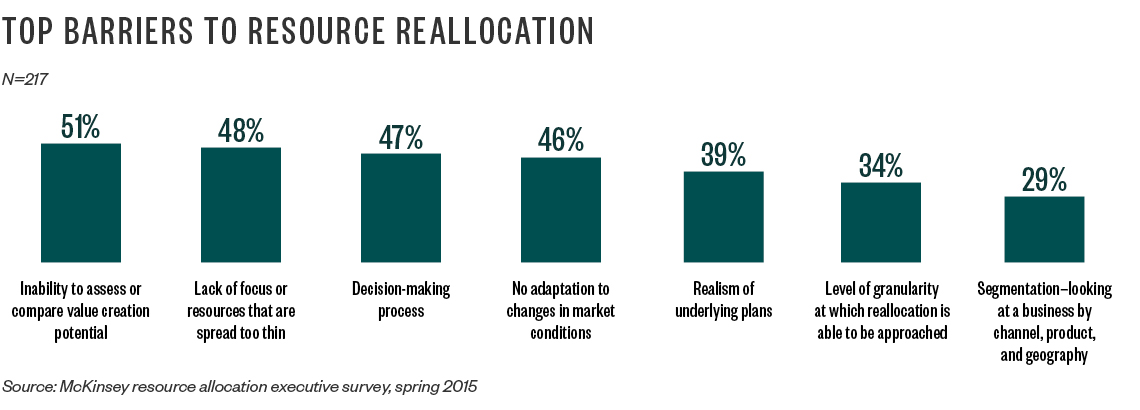 No matter what size your company is—whether you’re a Fortune 100 company, a mid-sized closely held business, or an individual—you face the same basic decision-making challenges. There’s often too much information to contend with. This can lead to information overload, or paralysis through analysis, and cause decision makers to simply fall back on intuition; a course of action that doesn’t predictably work.
No matter what size your company is—whether you’re a Fortune 100 company, a mid-sized closely held business, or an individual—you face the same basic decision-making challenges. There’s often too much information to contend with. This can lead to information overload, or paralysis through analysis, and cause decision makers to simply fall back on intuition; a course of action that doesn’t predictably work.
Decision science can help businesses overcome these obstacles and increase their value by creating a framework of more manageable, priority-based decisions that are founded on analytics and lead to swift, calculated action.
Overcoming Biases
The scientific community has significantly evolved its understanding of human decision making and our predispositions to cognitive biases, such as:
- Optimism bias. The tendency to believe that we’re less likely to experience a negative event compared to others.
- Confirmation bias. Why humans seek, understand, favor, and remember things in a way that confirms our preexisting beliefs.
- Availability heuristic. A mental shortcut our brains use which relies on immediate examples that come to mind when evaluating a specific concept.
These are examples of factors that we know drive intuition-based decision making.
Today, there are more sophisticated methods available based on data, analytical techniques and decision modelling.
The key findings of a March 2017 McKinsey & Company study of executive-level decision-making suggest that overcoming biases in resource allocation decisions are closely correlated with value creation.
The online survey was conducted April 12, 2016 – April 22, 2016, and received responses from 1,271 executives representing a broad range of regions, industries, company sizes, and functional specialties. Less than half the respondents agreed that their companies considered a range of potential outcomes or scenarios for a given investment, and less than one-third reported using any of the common checks on biases other than scenario analysis.
The study further reports that companies making the most use of evidence-based decision making are 36% likelier to report growing faster and 22% likelier to report higher profitability than peers who don’t.
Decision Modelling
Consider the results of another McKinsey study below which highlight that yet another challenge for decision makers is how to begin to evaluate the alternatives.

When deciding whether or not to launch a new product, for example, the decision makers of a company may have to consider factors such as the combined effects of the pricing level, configuration, packaging, which geographic areas to target, as well as how and who will manufacture the product. Let’s say each of these six factors contains three possible options. This would create 36— or 729—separate scenarios the company’s decision makers would need to consider.
When uncertainty, risk, and multiple competing objectives are added, it becomes increasingly difficult to keep track of all the variables and analyze them effectively.
Attempting to reign in this complexity by testing every possible scenario leads to what’s commonly known as paralysis through analysis—a state in which overthinking a situation leads to a specific decision or action never being taken.
This paralysis drives many action-oriented executives to turn to what they consider their most reliable decision-making tool: their intuition. However, while following one’s intuition might seem to offer a simpler substitute to meticulous data collection and analysis, it can be an unreliable and inconsistent tool on its own.
Decision models represent an object or system—including all of its properties or a subset of its properties. It enables the people studying the models to make more accurate inferences about the hypothetical situations they represent and forms part of a comprehensive framework for executive decision-making.
The main purpose of decision modeling is perhaps best articulated in this quote from Lewis Carroll’s Alice in Wonderland:
“One day Alice came to a fork in the road and saw a Cheshire cat in a tree. ‘Which road do I take?’ she asked. ‘Where do you want to go?’ was his response. ‘I don’t know,’ Alice answered. ‘Then,’ said the cat, ‘it doesn’t matter.”
As the famous quote suggests, if a decision-maker doesn’t know where they want to go, it’s too soon to be moving forward with a detailed analysis of strategies or alternatives.
Once the complexity of the options under consideration are at a manageable level of detail—a level of detail permitting analysis without paralysis, but also giving due consideration to uncertainties and risks—a business case or financial model can be built to assess their values.
Financial Decision Models
Models in finance are like models in physics, economics, aerospace or car making. They attempt to emulate the behavior and operation of real-world processes over time based on different variables—or potential actions an organization could take—to create a relatively accurate representation of what could happen in the future.
Financial models aren’t perfect, but they provide insight into what can be expected and enable decision makers to generate crucial inferences about real situations—providing valuable insight on the relationships between variables, uncertainty, and helping to eliminate bad ideas.
Benefits
There are numerous examples of successful financial decision models, including models of retail customers’ behaviors to pricing or packaging, or banks’ models for predicting a borrower’s credit risk. Models have also proven to be useful in fields normally considered the domain of experts, such as predicting the quality of a vintage of wine.
More typical financial decision models can assist in deciding among alternative courses of action—be it related to project costs, make or buy decisions, bidding decisions, or any of a number of other types of capital allocation decisions.
A quantitative, probabilistic model incorporating the appropriate information provides the ability to conduct simulations that:
- Study relationships between the options under consideration and the uncertainties on the objectives
- Illuminate critical uncertainties, providing an opportunity to mitigate associated risks
- Enumerate the opportunity costs or tradeoffs for choosing one option over another
This type of simulation is a versatile and widely used technique and can be performed using specialized software or Microsoft Excel. It can be used to investigate almost any kind of uncertain business problem, such as:
- Design and operation of queuing systems
- Inventory systems management
- Estimates on the probability of completing a project on time
- Design and operation of manufacturing systems
- Design and operation of distribution systems
- Financial risk analysis
We’re Here to Help
Decision science techniques don’t eliminate the problems of human intuition and biases; they serve to mitigate its limitations. These techniques perform well in part because they rely on data, but also because they help overcome the common biases that cloud human judgment.
If you’d like to learn more about how decision science could benefit your organization, contact your Moss Adams professional.